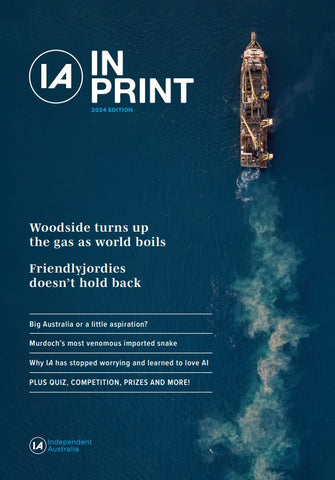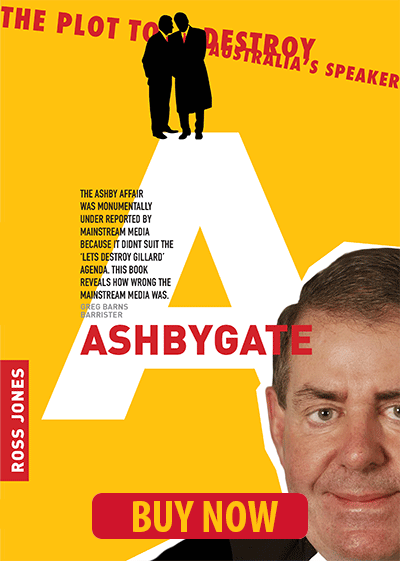Australia’s cost-of-living crisis has hit households in a variety of ways — some expected and others perhaps a little out of left field. For starters, most, if not all, Aussie families paying off a mortgage could expect some kind of hit to their interest rates.
Contrastingly, the cost-of-living crisis has had an interestingly varied impact on home insurance, with some residential markets experiencing steeper price hikes than others.
But one category where we’ve seen prices increase across the board is Australia’s auto market. With fuel prices on the rise and both new and used car values climbing due to import and export restrictions and delays (for both vehicle models and even spare parts), Australians are paying more on average for their car annually than they were even just four to five years ago.
The post-COVID economic landscape definitely has had some effect on car ownership costs, but market analysts say there’s more to the equation. For instance, according to the ABS, new car sales in 2024 were up to 1,221,200 in total for that year, which actually was an all-time high for Australia’s auto market — so we’re willingly spending more on new cars.
That being said, buying a new car at your local dealership isn’t something that most Aussie households aspire to. If you’re instead looking at lowering your car maintenance and general ownership costs, here are just some methods you can implement for optimising your budget as a daily driver.
Insurance is an investment: Get your money’s worth
Most Australian drivers possess either one of two car insurance options: you either have third-party coverage or a comprehensive car insurance policy. The primary advantage of third-party fire and theft cover is that it's cheaper, making it an ideal insurance option for younger drivers or households with lower-value secondhand vehicles. For new vehicle owners, however, comprehensive insurance coverage is essential for safeguarding your new investment.
It’s important to keep in mind, however, that your car insurance policy is just as much an investment as your new vehicle. And with more car insurance providers in Australia attaching membership deals and other exclusive offers alongside their policy rates, it’s imperative that consumers compare the insurance quotes available to them before making any final decisions.
If your insurance provider can throw in roadside assistance as well as some discounts for members, you’ll be able to get more value from your investment in your policy premium. Similarly, consumers may also be able to save big bucks by bundling their insurance policies with the same provider.
It may take a little legwork to find the most competitive policy rates and deals for you and your household, but doing a little due diligence here can equate to potentially thousands of dollars in value annually. So for families looking to optimise their car ownership costs, shopping around for insurance deals is actually well worth the time.
The return of Australia’s secondhand vehicle market
Although new car sales reached an all-time high last year, there are also plenty of market reports suggesting that Australia’s secondhand vehicle market is making a bit of a comeback, with used car sales rates finally climbing for the first time since the COVID-19 pandemic.
Consumer reports are also revealing some of Australia’s most highly sought-after new and used cars. These market insights make it easier for prospective secondhand vehicle buyers to find used car models that are most likely to retain their resale value.
Buying with resale value in mind is also key when purchasing either new or used cars, simply because cars that lose their value faster naturally make for poorer investment opportunities. For secondhand vehicles in particular, however, market costs don’t seem to be going down as fast as they used to — but the rates of secondhand vehicle shoppers are trending lower than they have been historically here in Australia.
What does this mean for secondhand vehicle owners? It may take a little longer to find a buyer for your car when the time does come to sell. So factor in this extra time when you plan to sell your vehicle, and keep an eye on consumer reports as they’re updated year after year to make sure you’re valuing your secondhand car correctly.

Proactive car servicing & maintenance is a must
The secondhand vehicles that are most highly sought after in Australia all seem to have a few key qualities in common: they have minimal recorded maintenance and operational issues, good fuel efficiency, and there are plenty of parts available across Australia and neighbouring APAC markets.
These key qualities reveal an underlying truth to the costs of car ownership: car servicing and maintenance often tend to eat up more of your funds as a driver than insurance, registration, and even fuel costs. As a result, prospective car buyers are going to be looking at estimated servicing and maintenance costs for any vehicle models that they’re looking to purchase.
For car owners, maintaining a proactive approach to your car servicing and maintenance can naturally also help to keep your servicing costs low – alongside helping to maintain the full estimated resale value of your vehicle. Cars with gaps in their servicing history are going to be perceived as dubious investments.
Is now the time to make the switch to EVs?
If we’re talking about car maintenance costs, however, then we can’t resolve today’s exploration without discussing the cost advantages of electric vehicles.
EVs actually have significantly lower maintenance costs when compared to combustion engine vehicles, primarily because electric cars don’t possess anywhere near the amount of moving parts that power traditional combustion engine cars. So, alongside boasting superior fuel efficiency across the board, fully electric vehicles are also becoming more sought after simply because they require less upkeep.
Add to this the fact that more EV models are being introduced into the Australian auto market, and the increased variety of this new and emerging auto niche is further prompting Aussie car owners to make the switch to EV cruising. In the past, EV models were exclusively sedans and hatchbacks, but now, with the integration of more EV manufacturers in Australia’s auto market and the arrival of EV SUVs, utes, and even vans, there really are EV models available for all kinds of drivers. And with Australia’s EV infrastructure amping up in turn, this could very well be the perfect time to snag yourself either a new or even a used electric vehicle at a competitive price.
Optimise your car ownership costs with these consumer tips
We’ve always been a nation of proud vehicle owners. In fact, Australia has held its position in the top 20 countries with the highest rate of cars per capita for the past few decades. Even as our homegrown auto markets have changed over the years, owning and using a vehicle daily is still a large component of Aussie living across the country – from regional cities to metropolitan areas.
But just because we are more dependent on personal transportation in some areas across Australia, it doesn’t mean we should have to bear the brunt of skyrocketing fuel prices, insurance rates, and other costs associated with car ownership.
With the consumer tips we’ve outlined above, however, Aussie car owners can get more value from their vehicle investments, reducing their overall car ownership expenses and ensuring that they can retain more of their household budget for other facets of our cost-of-living crisis.










